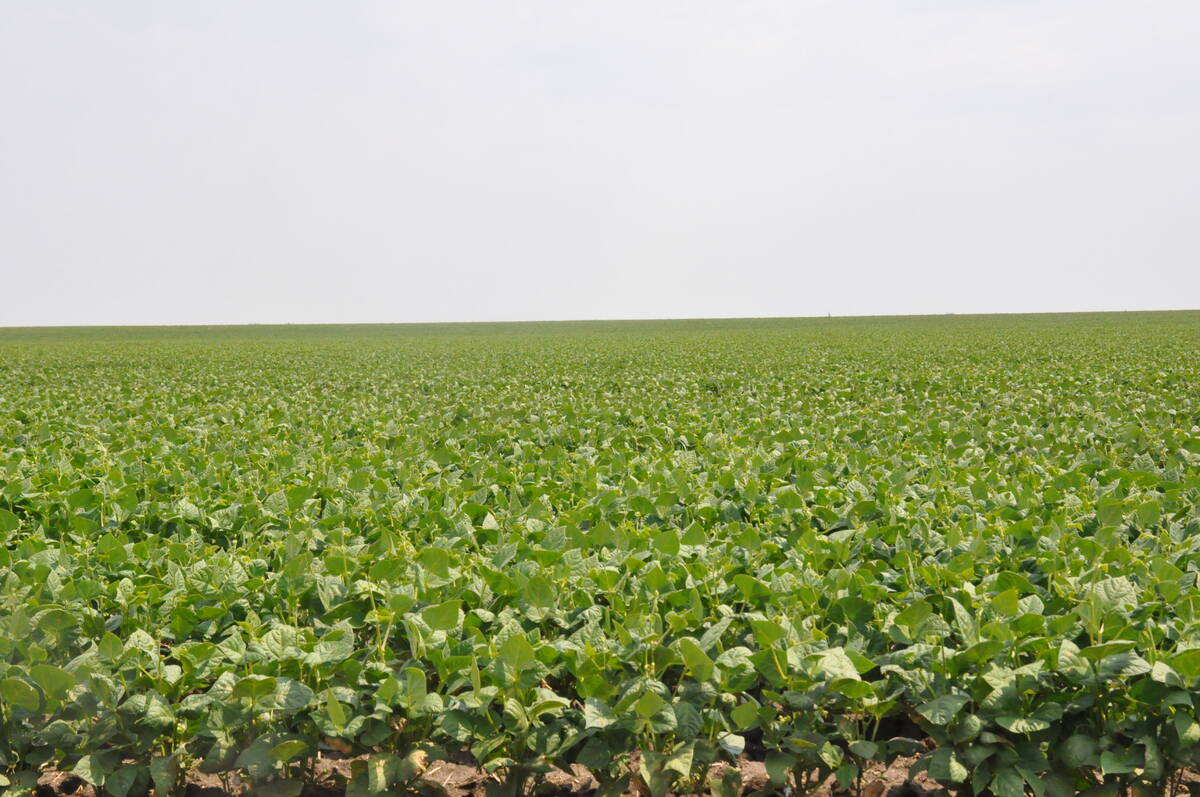Environmental pilot projects will be a good way for rural communities to showcase their stewardship practices and provide evidence why farmers should be compensated for their efforts, says the president of the Keystone Agricultural Producers.
David Rolfe detailed the work under way on establishing such projects in Manitoba, Saskatchewan, Alberta, Ontario and Prince Edward Island during the national Alternate Land Use Services workshop held in Saskatoon March 22.
“Until you do it on the ground in the community, you can’t prove anything,” Rolfe said.
“This is an opportunity to present agriculture in a positive light.”
Read Also

Coloured bean production down, whites are up
Bean prices have been slumping and the outlook is for more of the same.
In 2000, KAP and Delta Waterfowl created the ALUS concept, a farmers’ conservation program that links the environmental demands of consumers to the farmers who help provide these “ecological goods and services.”
Rolfe said the pilot projects will help document what is already being done, gain knowledge of the benefits to society and provide data that farms can use to get credit for their role in environmental stewardship.
“Pay farmers to be the stewards of the land for the rest of us,” he told the meeting, hosted by Agricultural Producers Association of Saskatchewan, which is exploring possible sites for a pilot project around Nipawin and Craik.
APAS president Terry Hildebrandt said producers help Canada meet its commitments under the Kyoto Accord and the agricultural policy framework by creating biodiversity in grasslands and forested areas, storing carbon in the land and filtering contaminants through marshes.
“We are doing this as producers and we should be recognized and paid for it.”
He said the pilot projects can provide a concrete measure of how well farmers are providing these services to sustain land to grow food for the world.
He said agricultural producers can work with governments and agencies such as Ducks Unlimited.
Using his own farm as an example, he noted how DU uses his cattle to graze its grasslands and provide a better nesting habitat for ducks.
“We’re not making a very good living growing wheat so if we can offer other services. Let’s be rewarded for that.”
Return needed
Hildebrandt said crop margins are too low for government to expect farmers to incorporate these practices on their lands without a financial return.
“It’s another revenue flow, another reason young people will come and stay and take over this land and maintain land needed to grow food for the world and do it in a clean safe environment.”
Rolfe said crop insurance agencies already collect data on farms that could be used to assess a farm’s contribution to protecting “natural capital.”
“(ALUS) is a starting point to see what’s out there and to fill in the gaps.”
He said increased environmental regulations and demands for a safe food supply are the driving forces behind ALUS.
“What farmers do on private lands can impact on public resources,” he said, noting farmers are often pressured to drain wetlands or de-forest areas to achieve greater efficiencies on their farms.
Pilot projects would look at riparian areas, biodiversity and the conversion of arable land to grasses.
They would examine green cover programs, using land as carbon sinks, converting non-productive land to grass and using tax credits for managing riparian areas.
ALUS seeks incentives for farmers to preserve habitat and increase biodiversity, and in so doing, help achieve goals laid out by governments to do a better job on conservation and environmental protection.
“It’s more expensive to lose and rebuild than it is to maintain,” he said. “It’s far easier to save what you have than remediate the damage you’ve caused.”














